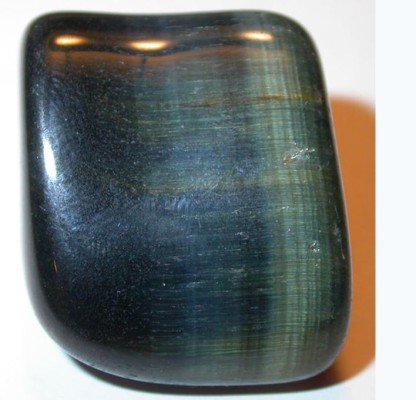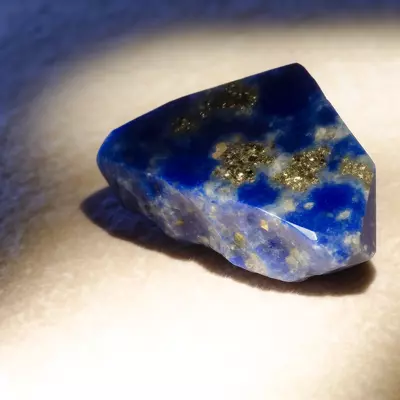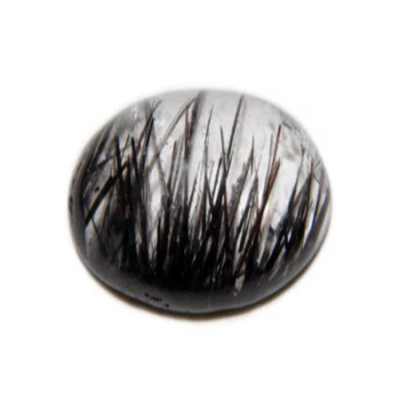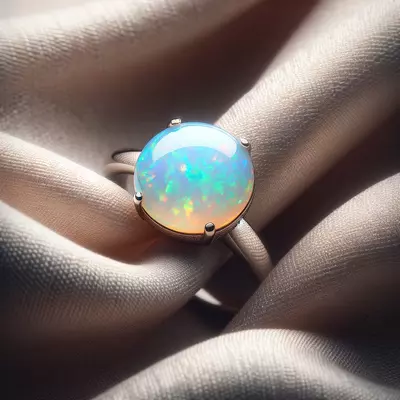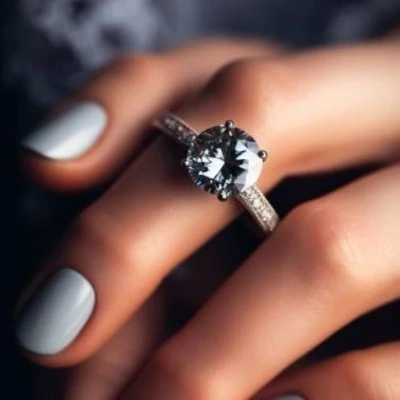From Geological Origins to Spiritual Symbolism: The Comprehensive Guide to Hawk’s Eye Stone Meaning
Often revered for its captivating aesthetics, the hawk’s eye stone holds a deeper significance beyond its visual appeal. Throughout history, various cultures have attributed spiritual and metaphysical meanings to this gemstone. By understanding its symbolism, one can appreciate the profound connection between nature, energy, and human existence.
I. Introduction
Hawk’s eye stone, with its mesmerizing blue-grey sheen, has intrigued individuals for generations. Not only is it a visual treat, but its embedded meanings and significance also span across various aspects of life, cultures, and spirituality. This article delves into the profound depth of this gemstone, shedding light on its origins, spiritual connotations, and cultural reverence.
II. Origins of the Hawk’s Eye Stone
A. Geological formation
The hawk’s eye stone, a member of the quartz group, is primarily formed due to the crocidolite mineral’s replacement with silica. Its distinct appearance, characterized by fibrous streaks and a lustrous blue or blue-grey hue, emerges due to the reflection of light off its fine, parallel inclusions.
B. Historical discovery and use
Historically, the hawk’s eye was identified in various parts of the world, including South Africa, India, and Brazil. Ancient civilizations were drawn to its unique sheen, using it in talismans, amulets, and decorative artifacts. Its beauty and rarity made it a prized possession.
III. Spiritual Meaning and Healing Properties
A. Spiritual symbolism of the hawk’s eye
The hawk’s eye is believed to embody attributes of the keen-eyed bird it’s named after. It symbolizes vision, intuition, and clarity. This gemstone is often considered a protective stone, guiding its bearer away from negative energies and toward enlightenment.
B. Benefits for emotional and mental well-being
Many crystal enthusiasts value the hawk’s eye for its purported ability to bring calmness and balance. It is believed to alleviate stress, reduce fears, and enhance one’s ability to see the bigger picture in challenging situations.
C. Physical healing associations
Though predominantly recognized for its mental and emotional benefits, some also associate the hawk’s eye with physical healing. It is said to aid the eyes, throat, and reproductive system and to help in detoxification processes.
IV. A Touch of Elegance: Home Use and Adorning Tips
A. Incorporating the hawk’s eye stone in home décor
The luminescent quality of the hawk’s eye makes it a popular choice for home décor. When placed in well-lit areas, its shimmer can add a touch of sophistication to spaces. From ornate centerpieces to wall hangings, the stone’s versatility can complement various interior styles.
B. Jewelry choices and styles
As a gemstone, the hawk’s eye is a staple in jewelry collections. Whether set in sterling silver or encased in gold, its elegance shines through. Popular choices include pendants, rings, and bracelets, each capturing the stone’s essence differently.
C. Tips for wearing and showcasing its beauty
To truly let the hawk’s eye stand out, pair it with neutral-colored outfits. Additionally, periodic cleaning, preferably with lukewarm water and a soft cloth, maintains its luster. It’s also best to avoid wearing it during strenuous activities to prevent scratches.
V. A Stone Revered: Meanings in Different Cultures
A. Eastern interpretations and beliefs
In Eastern traditions, the hawk’s eye is often linked with warding off the evil eye and attracting good fortune. Feng Shui practitioners believe the stone can help in improving focus and clarity, thus enhancing decision-making.
B. Western symbolism and lore
In the West, the hawk’s eye has been seen as a symbol of protection, especially during travel. Medieval European soldiers often carried it into battles, believing it would guide them through adversity.
C. Indigenous and tribal perspectives
For many indigenous cultures, this stone holds a sacred space. It’s seen as a bridge between the earthly realm and the spirit world, facilitating communication and offering protection against negative entities.
VI. FAQs
Q: What does the Falcon Eye Stone mean?
A: Falcon Eye Stone, often interchangeably called Hawk’s Eye, symbolizes clarity, perspective, and insight, mirroring the acute vision of the bird it’s named after.
Q: Is Hawks Eye Natural?
A: Yes, Hawk’s Eye is a natural semi-precious stone formed from the metamorphic alteration of crocidolite.
Q: What is the benefit of the Eagle’s Eye?
A: The Eagle’s Eye, akin to the Hawk’s Eye, is believed to offer protection, enhance intuition, and promote clarity of thought and vision.
Q: How is Hawk’s Eye different from Tiger’s Eye?
A: Both belong to the quartz family, but while Tiger’s Eye exhibits a golden to reddish-brown color, Hawk’s Eye is predominantly blue or blue-grey due to varying mineral inclusions.
Q: Can the Hawk’s Eye stone be used in meditation?
A: Yes, many individuals use the Hawk’s Eye during meditation for its purported properties in enhancing focus, clarity, and spiritual insight.
Q: How should I care for my Hawk’s Eye jewelry?
A: Hawk’s Eye should be cleaned gently with lukewarm water and a soft cloth. Avoid harsh chemicals, and to prevent scratches, store them separately from other jewelry.
Q: Are there any zodiac signs associated with the Hawk’s Eye?
A: Hawk’s Eye is often linked with the Gemini and Capricorn zodiac signs, believed to amplify the intrinsic traits of individuals born under these signs.
VII. Conclusion
A. Reflecting on the stone’s universal appeal
The Hawk’s Eye stone, with its luminescent sheen and profound symbolic meanings, resonates with people across the globe. It’s more than just a gem; it’s a testament to nature’s ability to craft beauty interwoven with deep spiritual significance.
B. Embracing the energies and meanings in daily life
Engaging with the Hawk’s Eye is not just about adornment. By understanding its energies and embracing its symbolism, we can harness its potential, guiding us toward a more intuitive, balanced, and insightful life journey.
VIII. Suggested Readings
As you embark on a deeper exploration of gemstones and their significance, these insightful books can serve as guiding lights:
- “The Crystal Bible” by Judy Hall – A comprehensive guide covering over 200 crystals, their properties, and how to harness their power.
- “Love is in the Earth: A Kaleidoscope of Crystals” by Melody – An in-depth exploration of the earth’s mineral kingdom, offering insights into the spiritual and healing properties of gems.
- “The Book of Stones: Who They Are and What They Teach” by Robert Simmons and Naisha Ahsian – A detailed account of various stones, their metaphysical properties, and how they can be used in daily life.
- “Stoned: Jewelry, Obsession, and How Desire Shapes the World” by Aja Raden – A unique blend of history, romance, and science, offering a captivating narrative about the world’s obsession with rare stones.
- “Gemstones: Symbols of Beauty and Power” by Eduard Gubelin and Franz-Xaver Erni – A visually stunning guide that dives deep into the world of gemstones, revealing their beauty, history, and significance.
Each of these books provides a unique lens through which to view and understand the captivating realm of gemstones, enriching our knowledge and deepening our connection to the earth’s treasures.

